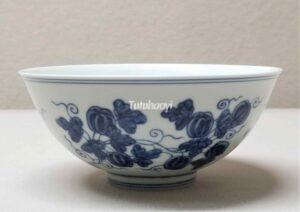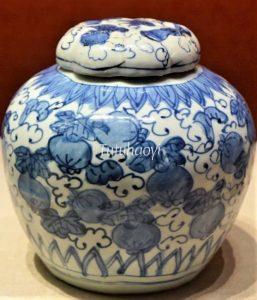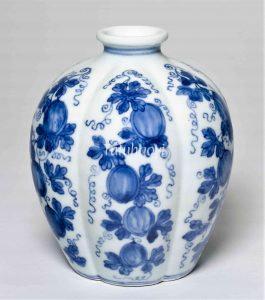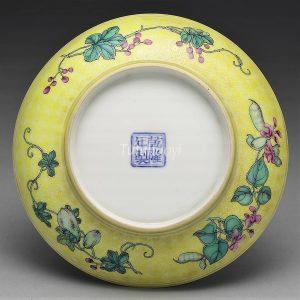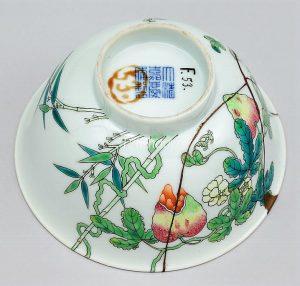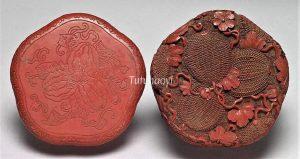May the male line in your family clan continue and flourish (pictorial allusion)
瓜瓞绵绵
© Tutuhaoyi.com owns the copyright of the description content for the images attached. Quoting all or part of the description content on this page is permitted ONLY IF ‘Tutuhaoyi.com’ is clearly acknowledged anywhere your quote is produced unless stated otherwise. (本页描述内容版权归Tutuhaoyi.com所有,转发或引用需注明 “Tutuhaoyi.com”, 侵权必究, 已注开源信息的条目除外。)
The phrase ‘gua die mian mian 瓜瓞绵绵’ is a variation of a line from the poem Mian 绵 collected in the section of the Greater Odes of the Kingdom (Daya 大雅) in the Classic of Poetry (Shijing 诗经). It is used as a metaphor for the continuation and flourishing of the family or clan along the male line. The Chinese character ‘gua 瓜’ refers to mature ‘melon’, ‘squash’, ‘gourd’, ‘pumpkin’, ‘cantaloupe’ and the like and the character ‘die 瓞’ to their young ones. The Shijing anthology was the oldest collection of songs and ballads existing in China, compiled during the period between the 11th to 7th centuries BCE. Metaphors, set phrases, and allusions from the anthology are rich sources for Chinese literary and pictorial culture over the millennia. Derived from the classic text, pictorial depictions of melons with spreading vines became a popular subject to wish the family prosperity of the patron.
Note:
The group of pictures displayed here have the same good wish as in pun pictures ‘May the male line in your family clan continue and flourish’, and yet they are academically different. The pictures here are ‘pictorial allusion’, rather than pun rebus pictures because they use pure pictorial descriptions to allude to a classic literary saying. There is no butterfly 蝶 in the images and therefore there is no pun for dié 瓞.
Fig 1: porcelain dish with underglaze decoration (detail), Yuan dynasty (1271-1368), courtesy of Tianminglou Collection
Fig 2: porcelain bowl with underglaze blue decoration, Chenghua period (1464-87), courtesy of the Museum of Oriental Ceramics, Osaka, Japan
Fig 3: porcelain lidded jar with underglaze blue decoration, Ming dynasty (1368-1644), courtesy of the Capital Museum, Beijing
Fig 4: porcelain dish with underglaze blue decoration, Yongzheng period (1722-35), Qing dynasty, courtesy of Tianjin Art Museum
Fig 5: lobed jar, Yongzheng period (1723-35), Qing dynasty, courtesy of the Art Institute of Chicago
Fig 6: porcelain dish with overglaze enamelled decoration, Qianlong period (1736-95), courtesy of the National Palace Museum, Taipei
Fig 7: porcelain bowl with enamelled decoration, Jiaqing period (1796-1820), Qing dynasty, courtesy of Museum of East Asian Art, Cologne, Germany
Fig 8: lacquer box with lid, Qing dynasty (1644-1911), courtesy of the National Palace Museum, Taipei
Fig 9: jade carving, Qing dynasty (1644-1911), courtesy of the Asian Art Museum of San Francisco

